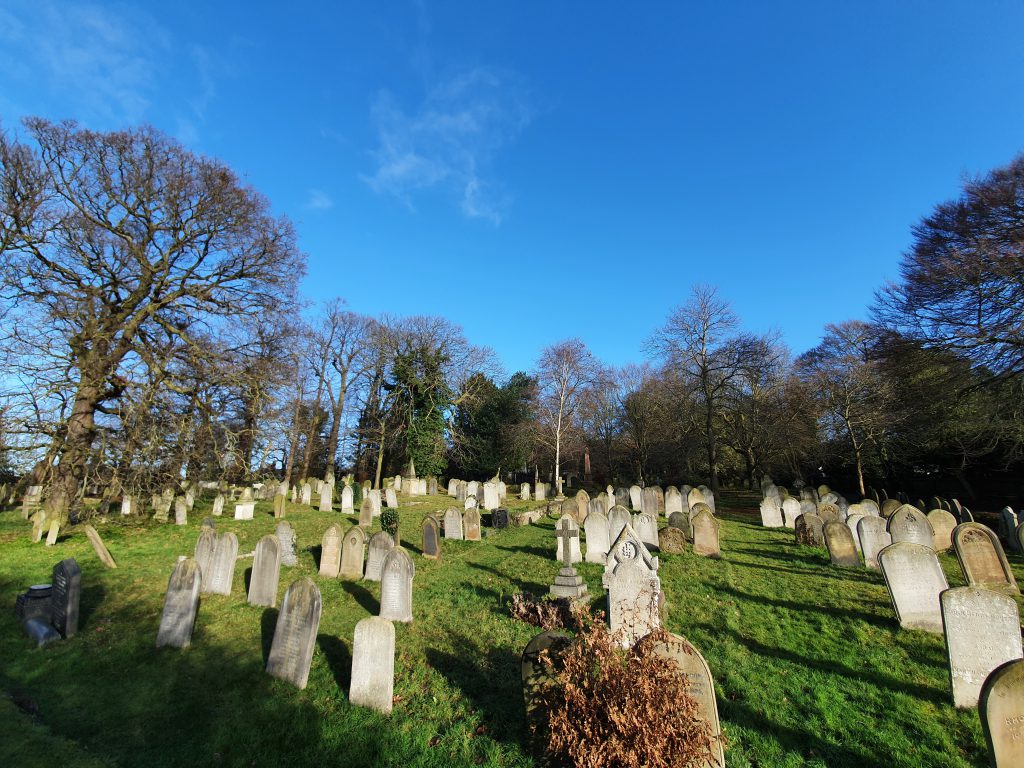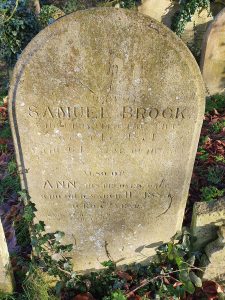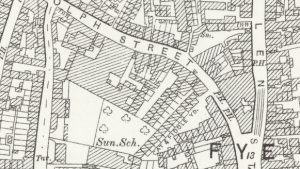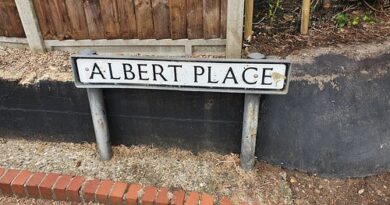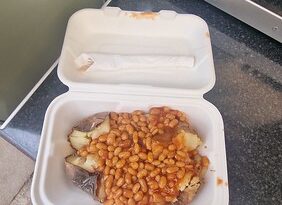Norwich – Rosary Cemetery (Samuel Brock)
This is the grave of Samuel Brock which is located in Rosary Cemetery in Norwich.
Samuel was born in 1810 and he married Ann Steward at St. John the Baptist Church in Old Lakenham (a church I visited a couple of weeks ago) on 27 October 1834.
At the 1841 census, Samuel and Ann were living on Middle Street in the St. Augustine parish of Norwich. They lived with their sons Samuel, aged 4, and William, a new-born. Samuel appeared on the electoral registers at this time, because he operated a shop on Middle Street. This street name changed to become the northern end of St. George’s Street where it met Botolph Street, and this area has now been partly demolished.
At the 1851 census, the couple were living on Botolph Street along with their son Henry, aged 16, and a servant Mary A Wells, who was aged 17. Samuel was working as a baker, by this time having a shop on Botolph Street, and Henry was still studying. This didn’t help the family in terms of their finances, as the local press reported in 1857 that Samuel had gone insolvent. And for this ‘crime’, Samuel was sent to Norwich prison, although I can’t find out for how long. However, there’s no record of any of Samuel’s family in the 1861 census.
At the 1871 census, the couple were living at Howletts Yard, located off Botolph Street. This yard had fifteen houses and was demolished as part of the city’s slum clearance in 1935. Botolph Street used to link Augustine Street to Magdalen Street, a part of Norwich wrecked by the Anglia Square development.
Howletts Yard isn’t marked on this map from the 1920s, but it’s the one above Cat & Fiddle Yard. The house that Samuel Brock and his wife lived in is where Iceland now stands on Anglia Square.
Samuel died on 15 August 1874 at the age of 64 and his son, Samuel jr, took over the bakery. A notice in the Norfolk News said “Samuel died after a long affliction, borne with Christian fortitude”.
At the time of the 1881 census, Ann lived with her son Samuel jr on Botolph Street, along with Anna, his wife, and their children Harry and Anna (there are a lot of Ann or Anne Brocks in this story). Ann Brock died on 11 March 1883 at the age of 72.
There isn’t perhaps much of a story to tell about Samuel Brock beyond where he was living and what he did. But, it’s a slice (excuse the pun) of a baker’s life in the north of the city centre, in an area which has now nearly entirely been demolished. What I have found out about Samuel is that his finances sound challenging and his health seems to have been poor, this could not have been an easy life.

